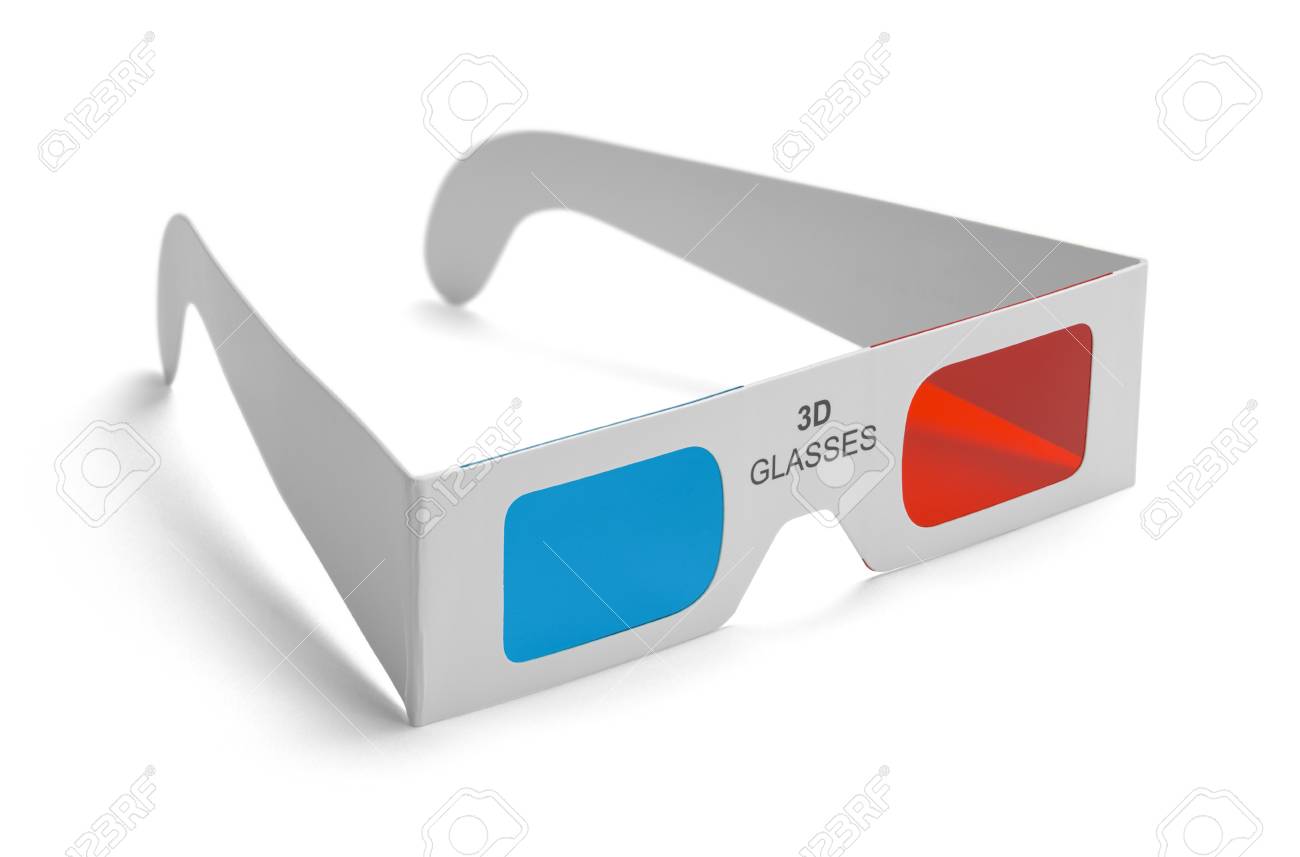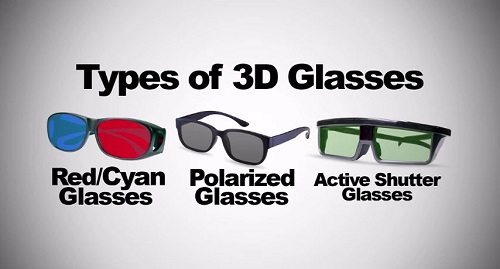

There are two techniques used to created 3D illusions: color filtering and lens polarization. This replicates the effect of stereoscopic vision on 3D objects, allowing the images on 3D television and movie screens to appear to have depth despite their two-dimensional nature.

3D glasses separate the two images from each other, presenting one to the left eye and the other to the right.

This is due to the fact that there are actually two slightly different images on the screen, each at a slightly different angle from the other. 3D glasses overcome this limitation by allowing a different image to enter each eye with the use of color filters or specially- polarized lenses.ģD movies, when viewed without 3D glasses, often appear blurry or slightly distorted. This ability is limited, however, when objects are presented in a flat two-dimensional image, as they are on television and movie screens. Since the two eyes see things at different angles, the brain integrates both streams of information into a single 3D object. This creates a slight difference between each eye's field of vision individuals will notice this by staring at objects with only the left eye closed, then with just the right eye closed. Stereoscopic vision allows a person to see an object's depth and distance due in large part to the fact that a person's left and right eye are situated about 3 inches (7.62 cm) apart on average. 3D glasses, combined with specially-produced images or videos, allow each eye to see a different image, which in turn allows an individual's stereoscopic vision to interpret depth.ģD allows a person's eyes to each see images that appear to have depth and distance. This allows individuals to gauge distance and depth on three-dimensional objects, but not on flat images, where the eyes see little difference in perspective. Stereoscopic vision, the ability of humans to see with both eyes, interprets the input from the left and right eye as a single image, even if the eyes see objects at different angles. Three-dimensional (3D) glasses work by manipulating the mechanics of stereoscopic vision to create an illusion of depth.


 0 kommentar(er)
0 kommentar(er)
